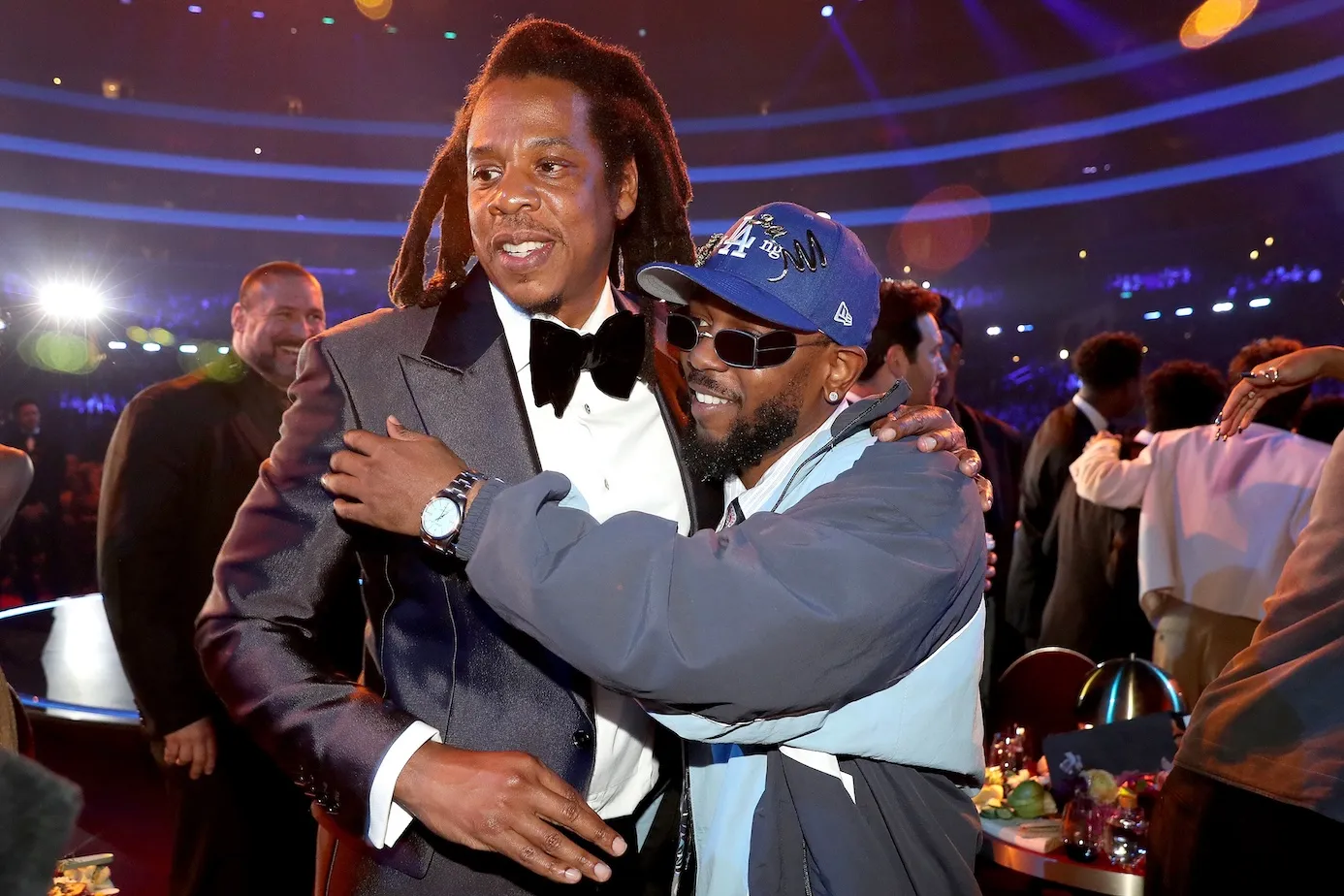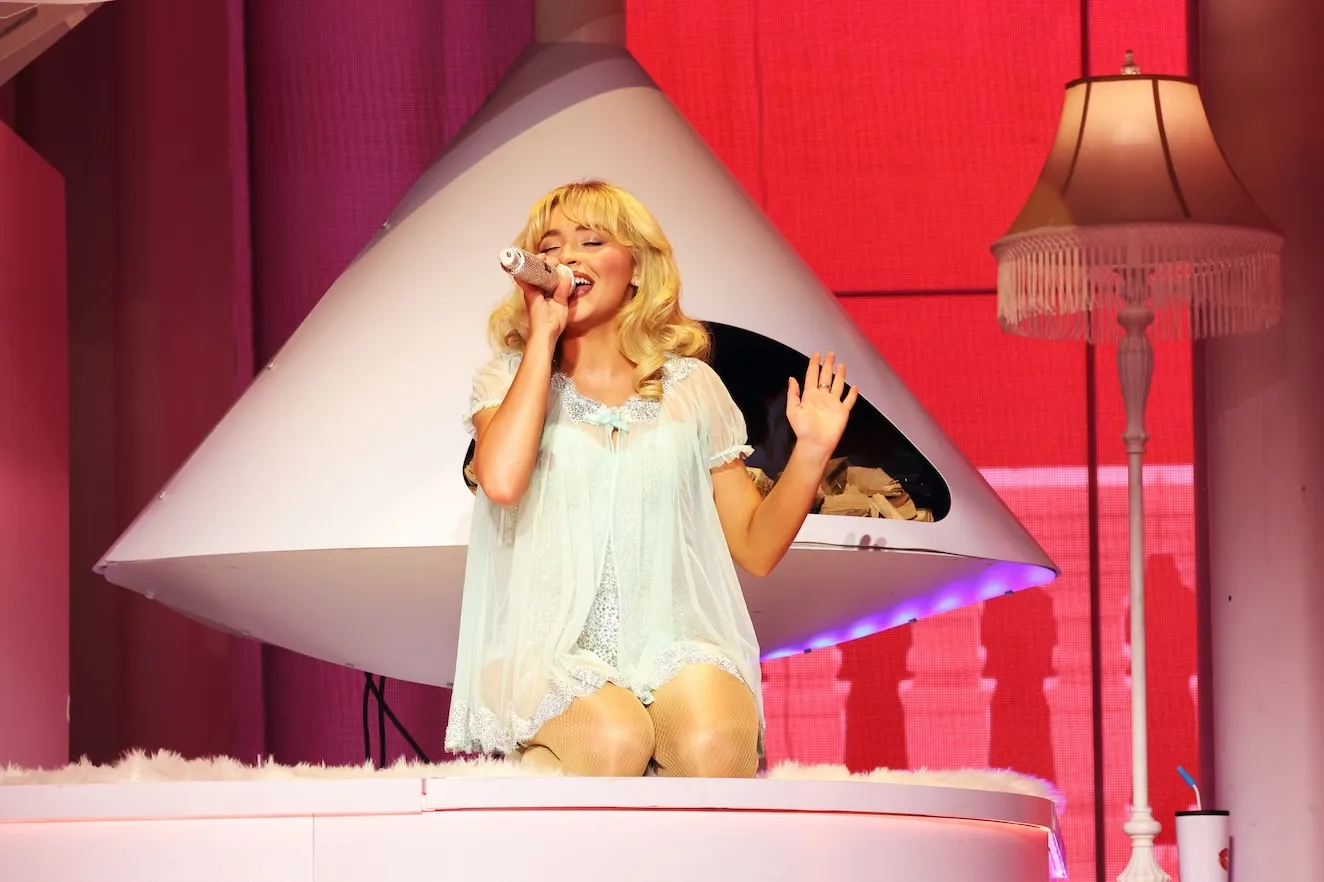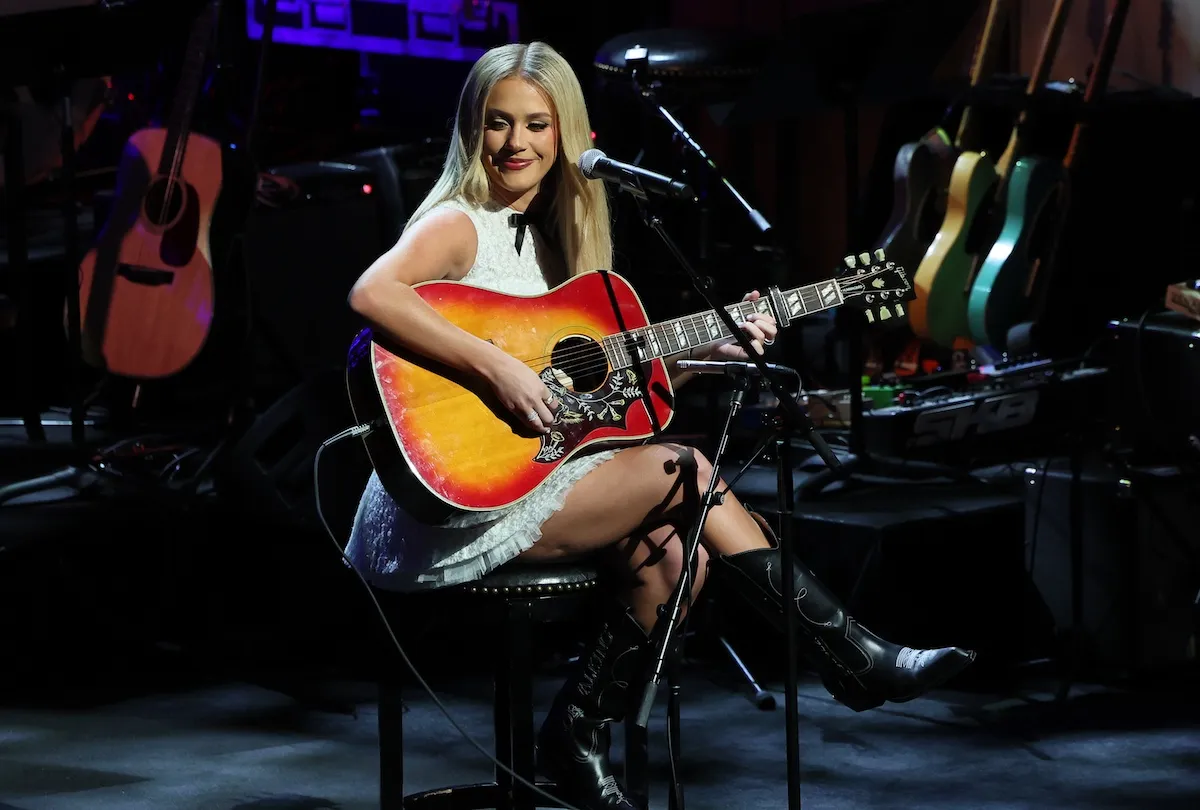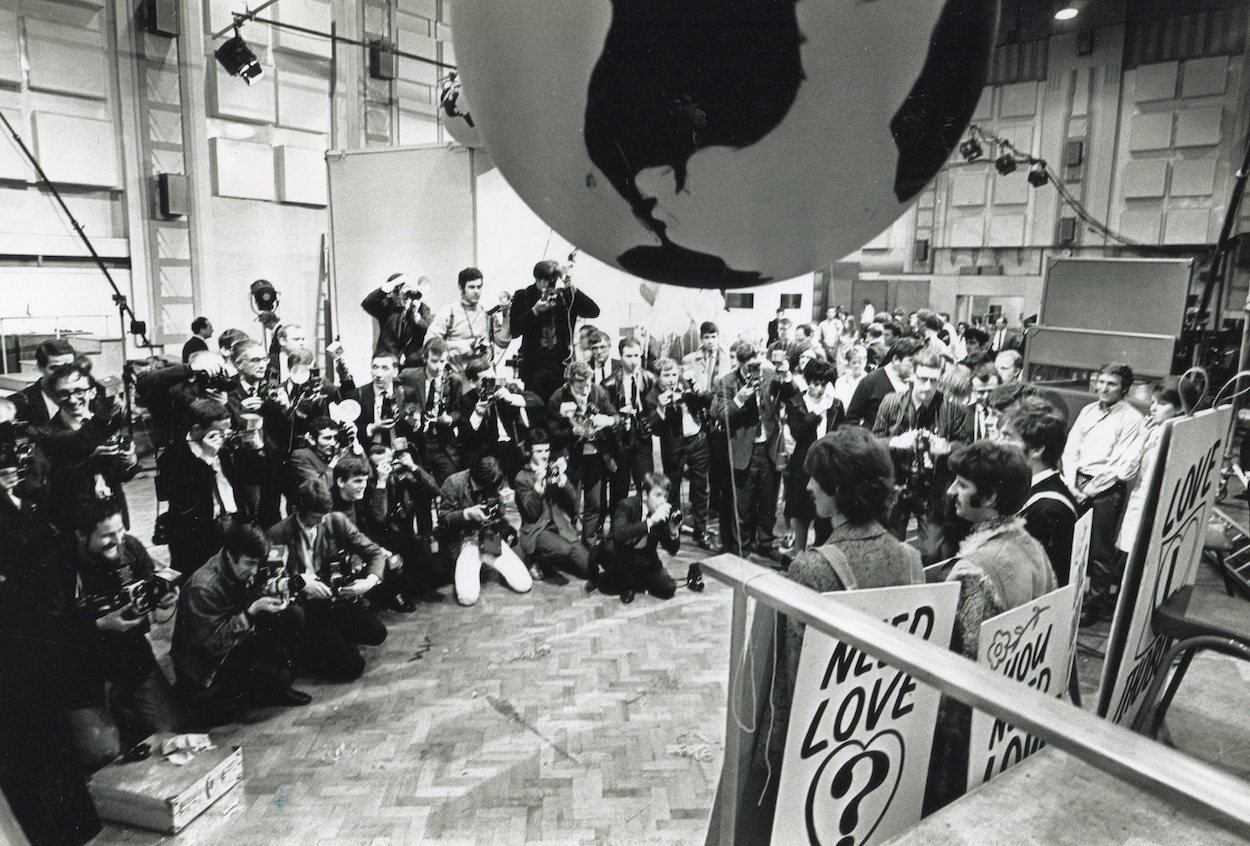
Abbey Road Studios Needed a Fictional Hero to Save the Day in the 1980s
The Beatles recorded an album named after it, and several other famous artists — playing classic rock, pop, alternative rock, and more — recorded there. Yet as one of Paul McCartney’s daughters, Mary McCartney, explores in her 2022 Abbey Road Studios documentary If These Walls Could Sing, the studio needed a little help from a fictional hero to avoid going out of business.

Paul McCartney and The Beatles made Abbey Road famous decades after it opened
The Fab Four released the last album they recorded together, Abbey Road, in 1969. The famous cover photo, which Ringo Starr explained was a last-ditch idea, was taken just steps away. They recorded there throughout their career, and the band’s notoriety helped make the studio famous. Yet Abbey Road Studios, which opened in 1931, was nearly 40 years old when The Beatles called it a day in 1970.
As McCartney explores in her documentary (streaming on Disney+), Abbey Road Studios fell on hard times at the end of the 1970s.
Smaller, more affordable studios (perhaps more attractive to the punk bands emerging at the time) came on the scene. The largest studio, built to accommodate orchestras, sat more or less empty for months on end (aside from the badminton court employees set up inside it). At one point, there were thoughts of turning it into a parking lot.
Mary McCartney’s ‘If These Walls Could Sing’ explores how Indiana Jones helped save Abbey Road Studios
In better days, film scores, such as for the James Bond flick Goldfinger, recorded their soundtracks at Abbey Road. Yet the boom times and successes of the 1960s petered out by the end of the 1970s.
Things got so bad that the studio sold off extra equipment in 1980 to keep money flowing in. Until the world’s most famous archeologist and one of its preeminent film composers came by in 1981.
As McCartney (who revealed she always felt at home there) explores in If These Walls Could Sing and described to Jimmy Fallon (via YouTube), it took Indiana Jones to help revive Abbey Road Studios and its largest recording space:
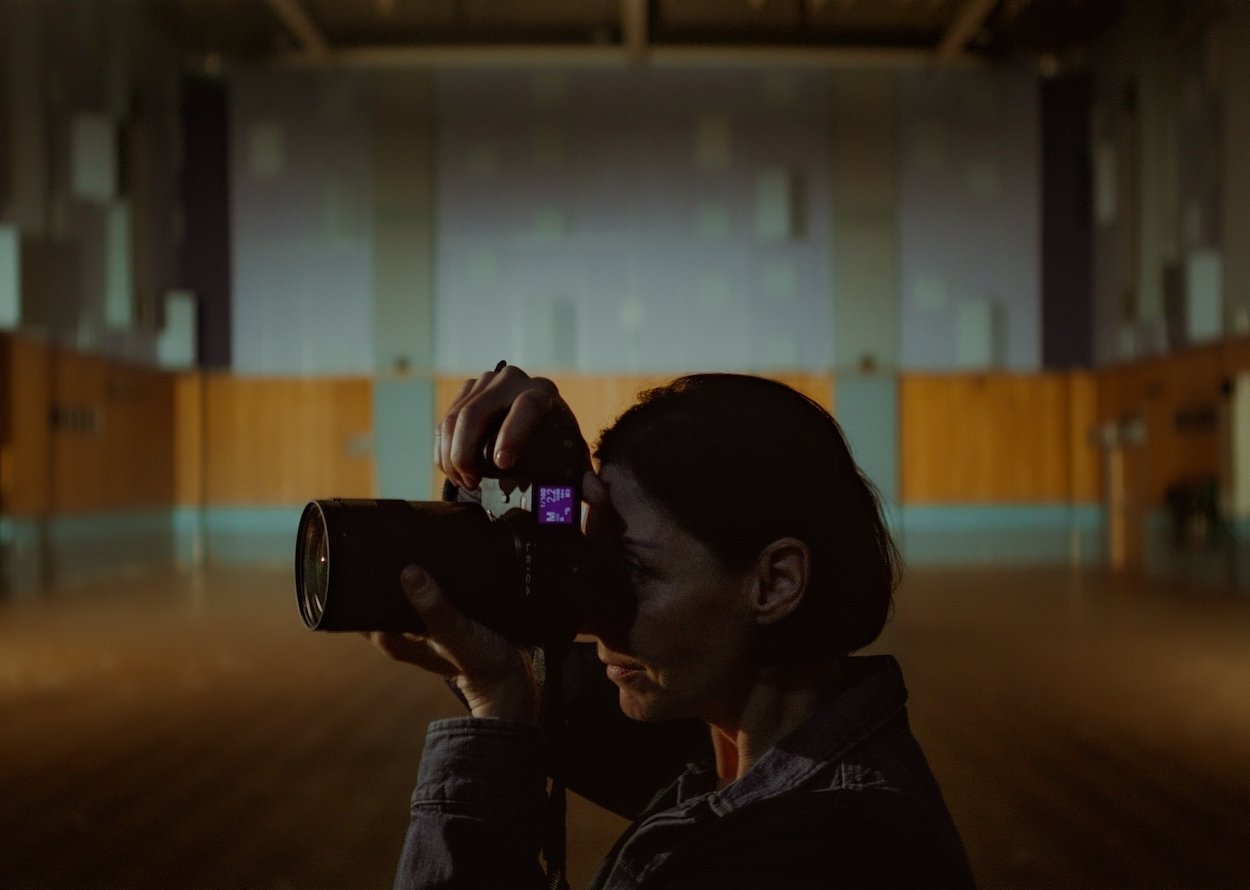
“Studio One is like the big, classical space, and that was in danger of closing down because … business was drying up. They were using it as a badminton court. Like, it was empty and vast, and they were looking into making it a car park. Then the manager, Ken Townsend, found out a studio was closing; a film studio in Denham had lost its lease. He quickly brought in the contract and quickly put a projector in, and a screen, and some of the first people there were George Lucas and John Williams doing ‘Indiana Jones.'”
Mary McCartney
Williams entered Abbey Road’s big studio to record the soundtrack for Raiders of the Lost Ark in 1981. He was back again to record Return of the Jedi and, years later, The Phantom Menace. As former studio manager Collette Barber says in McCartney’s movie, bringing back the orchestral space was another source of income, and one that was desperately needed for Abbey Road Studios to stay open.
Several other famous artists recorded at the famous spot
Abbey Road Studios existed before the Fab Four, but The Beatles put it on the map. Several other famous artists recorded there both before and after the studio’s financial pinch.
Pink Floyd made The Dark Side of the Moon (and several other albums) there. Fela Kuti recorded at Abbey Road. Oasis decamped to north central London to make Be Here Now, and artists such as Kanye West, Florence + the Machine, Amy Winehouse, and Ed Sheeran recorded recent classics there.
The artists making music at Abbey Road Studios in the 21st century might want to thank a famous composer and an iconic film character for saving the day (in real life).
For more on the entertainment world and exclusive interviews, subscribe to Showbiz Cheat Sheet’s YouTube channel.
